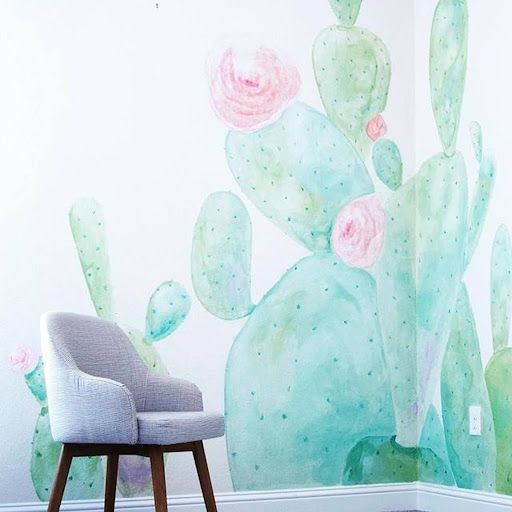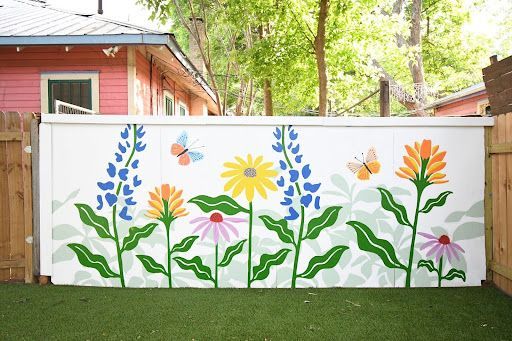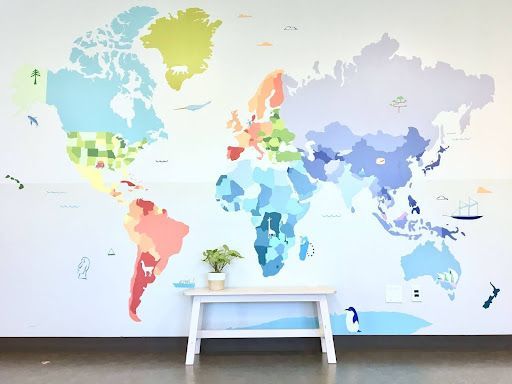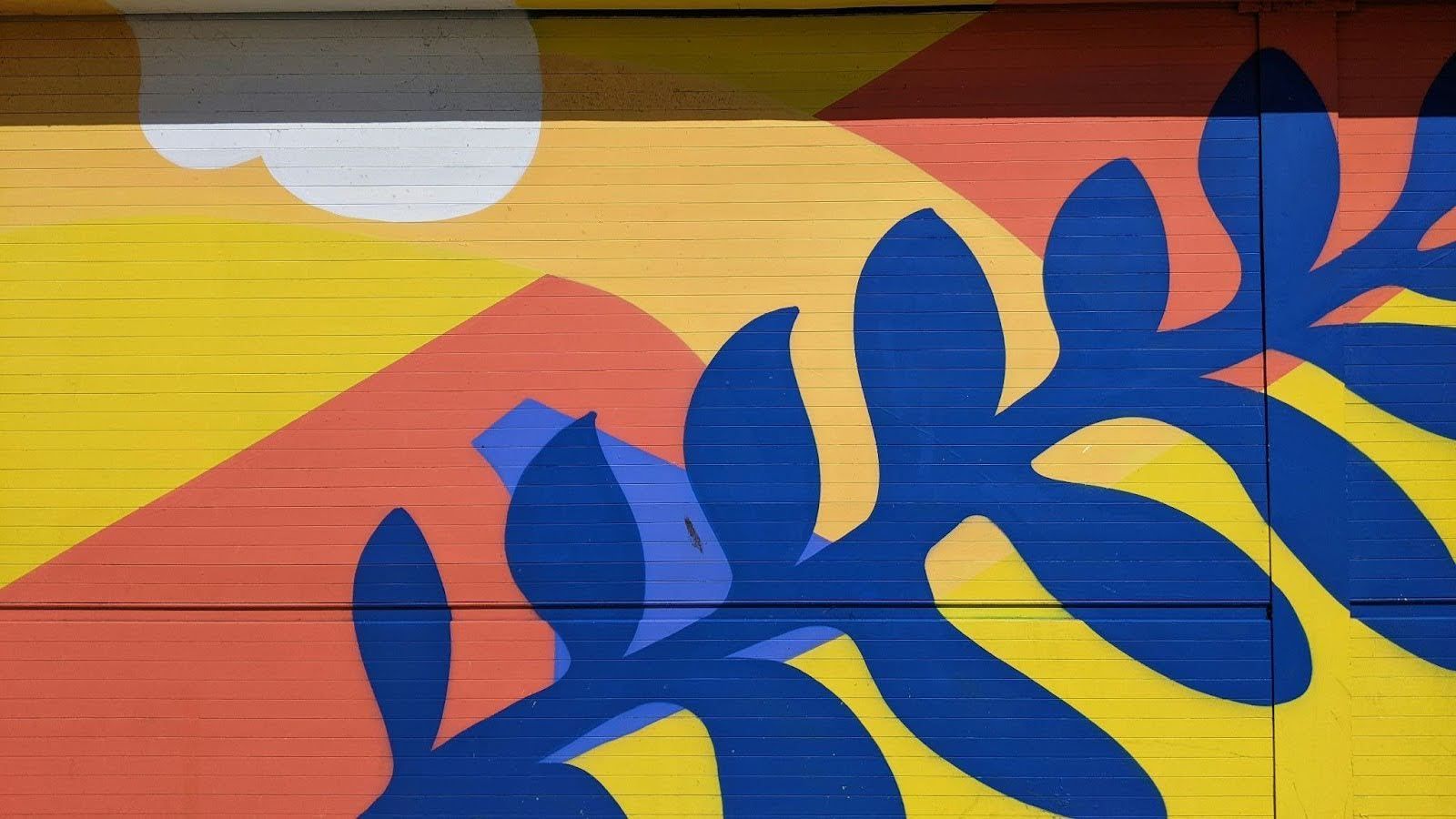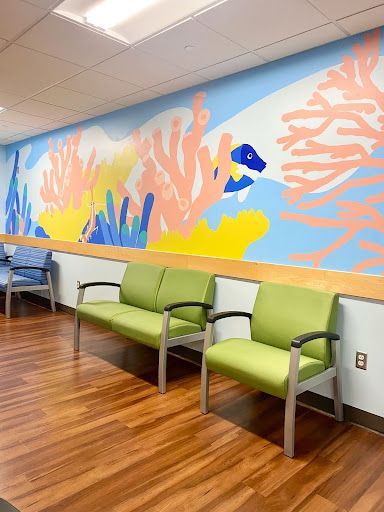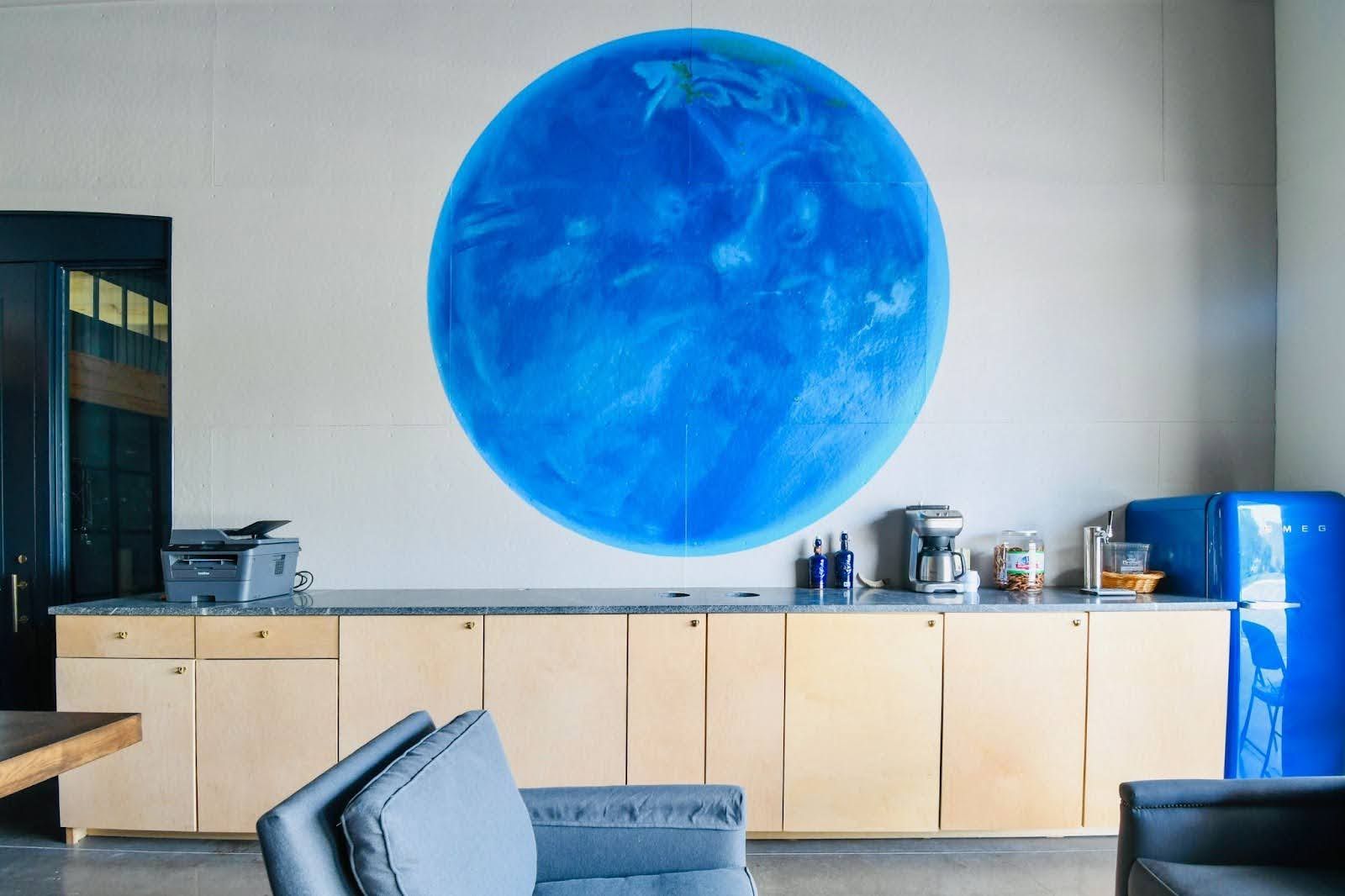Selecting the Ideal Wall for Your Mural: A Comprehensive Guide
Murals can transform plain walls into dynamic elements of space, reflecting personal tastes or branding messages. Whether it’s for a business looking to strengthen its brand presence or a homeowner wanting to infuse character into their living space, choosing the right wall for a mural is a pivotal decision. The right choice ensures that the artwork not only aligns with the creative vision but also complements and enhances the overall environment. Several critical factors, from lighting and visibility to size and the wall’s surface condition, need careful consideration to maximize the mural’s impact.
Understanding the Significance of Wall Location
The location of a mural plays a significant role in its reception and can amplify its visibility and interaction with viewers. Spaces with high foot traffic are ideal for murals intended to catch the public eye, while more secluded areas are suitable for creating intimate experiences. The wall’s location within the surrounding environment should be congruent with the intended purpose of the mural.
The Influence of Lighting
Lighting can make or break the visual impact of a mural. Natural light can enhance the vibrancy of colors, but considerations around the direction and intensity of the light throughout the day are important to avoid glare or fading. For indoor murals, spotlighting or track lighting can be installed to ensure the artwork is properly illuminated after dark.
Wall Size and Proportions
The dimensions of the wall dictate the scale of the mural and influence its design complexity. Larger walls allow for grand, detailed compositions, while smaller walls might suit more simplistic or bold designs. The wall's proportions should align with the artistic concept, ensuring that the mural is neither overpowering nor underwhelming in the chosen space.
Surface Condition and Preparation
A good foundation is key to the mural's longevity. The condition of the wall surface affects the application and durability of the mural. Walls should be clean, smooth, and free of damage or irregularities. Preparing the surface might involve repairs, power washing, or applying a primer base coat to ensure that it's ready for painting.
Assessing Outdoor Considerations
Exterior walls present additional challenges, including weather exposure and material composition. Murals on outdoor walls require weather-resistant exterior paint to withstand fading from UV rays and mildew. The choice of material—be it brick, concrete, or stucco—has implications for the mural's application process and maintenance needs.
Color Interactions and Aesthetics
The existing colors in the mural's surrounding area should be examined to avoid clashing palettes or blending issues. The mural should stand out while maintaining a harmonious relationship with its environment. For businesses, the colors may need to align with branding guidelines, whereas homeowners might choose hues that complement their decor.
Visibility and Audience Engagement
The mural's visibility is paramount, especially if the intention is to attract attention or communicate a message. Consider the vantage points from which the mural will be most frequently viewed and design the composition accordingly. Engaging elements at eye level can draw in viewers, while more subtle designs may blend into the background.
Historical and Cultural Considerations
Some walls carry historical or cultural significance that can influence the mural's theme or even whether a mural should be painted at all. Researching the history of a building and its neighborhood can provide insight into contextually appropriate designs or reveal restrictions related to heritage preservation.
Securing Permissions and Complying with Regulations
Legal considerations are crucial when selecting a wall for a mural. It’s essential to secure permissions from property owners and comply with local zoning laws or regulations. This might involve submitting design proposals or obtaining the necessary permits to proceed with the mural.
Longevity and Future Plans
Considering the mural's intended lifespan helps in choosing the right wall and materials. Temporary murals can be painted on panels and allow for experimental locations, while permanent installations need thoughtful planning regarding the wall's exposure to traffic, environmental elements, and potential future developments that could obstruct or harm the mural.
The process of selecting a wall for a mural involves a multifaceted approach that balances artistic objectives with practical realities. A well-chosen wall acts as a canvas that can elevate a mural from a mere painting to an integral part of its spatial context. By meticulously considering factors such as location, lighting, surface condition, and local regulations, artists and commissioners can ensure that the selected wall serves as the perfect backdrop for a mural that captivates and inspires. The resulting artwork becomes more than just an addition to a space, standing as a testament to thoughtful design and creative expression.
Elevate your space with the perfect mural on the perfect wall. Transform your environment and captivate your audience—whether for branding or for beauty, your vision deserves the right canvas. Contact us today for expert guidance on selecting the ideal wall for your mural. Don't wait; your masterpiece is just a conversation away.


